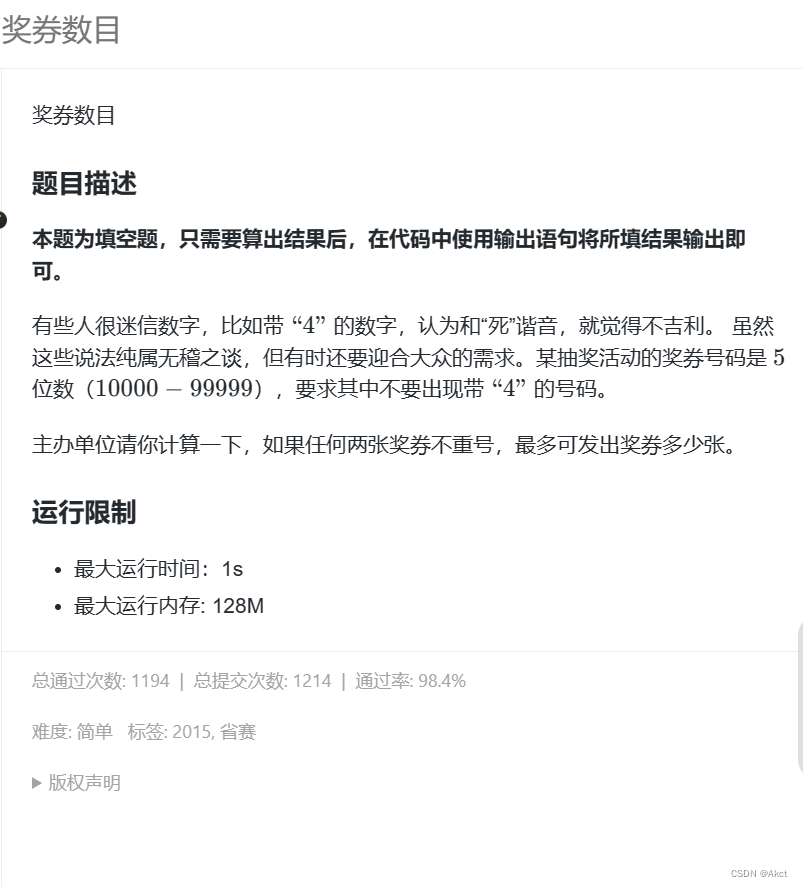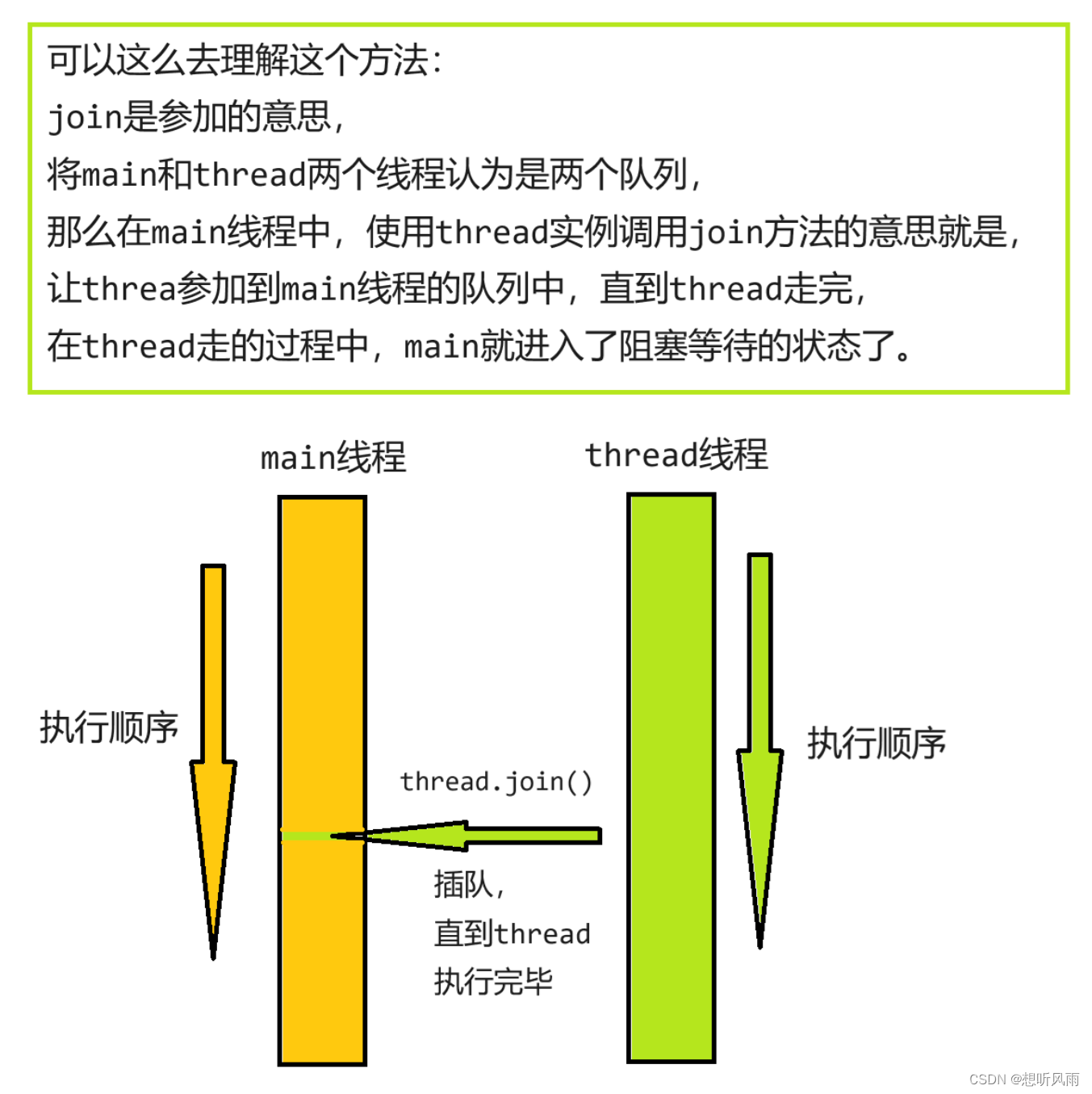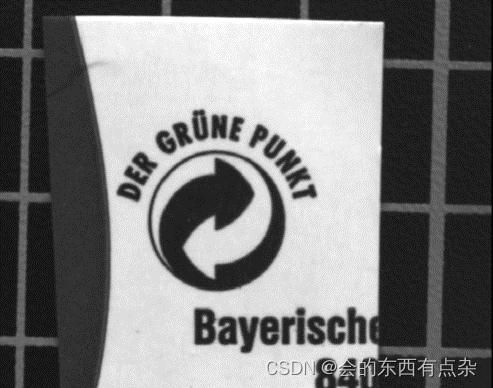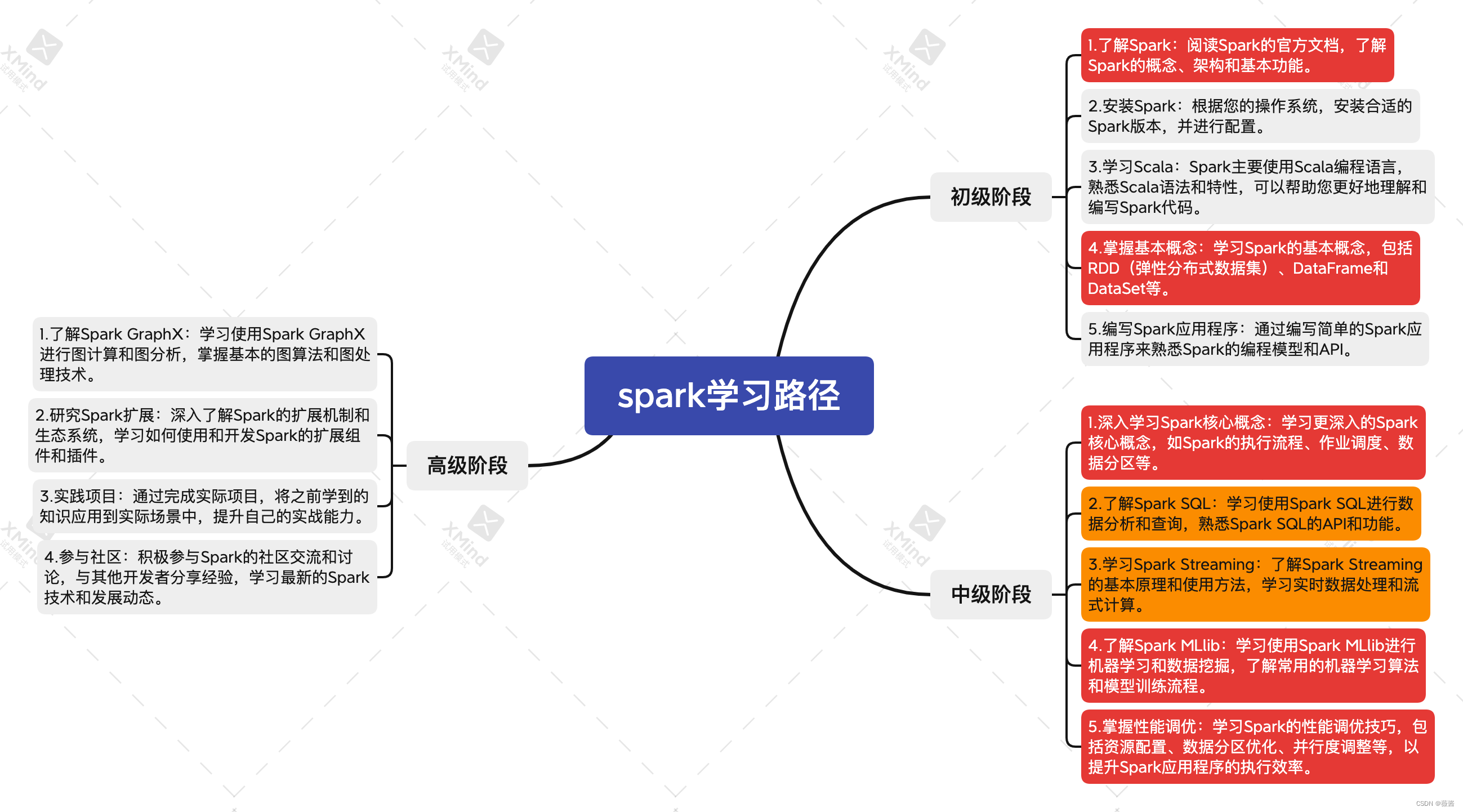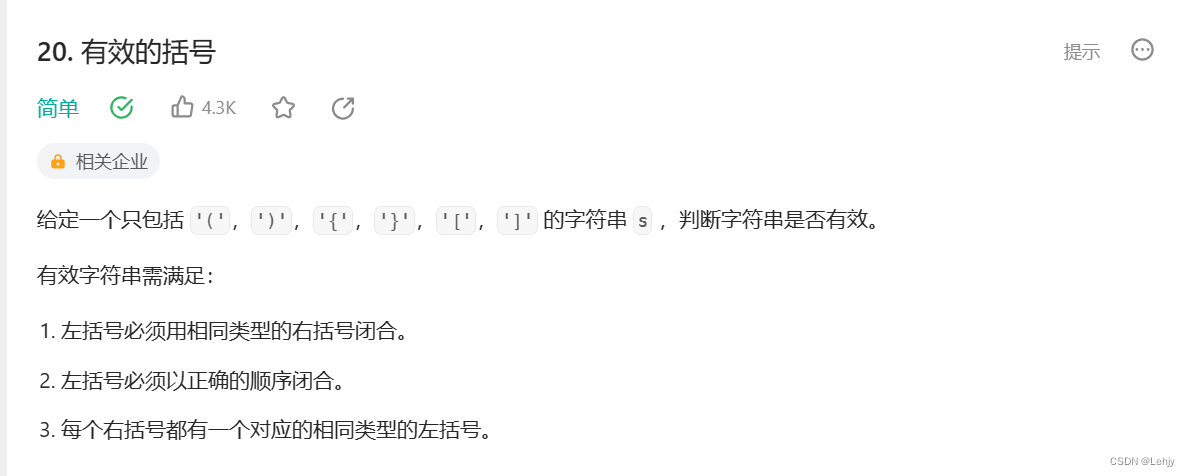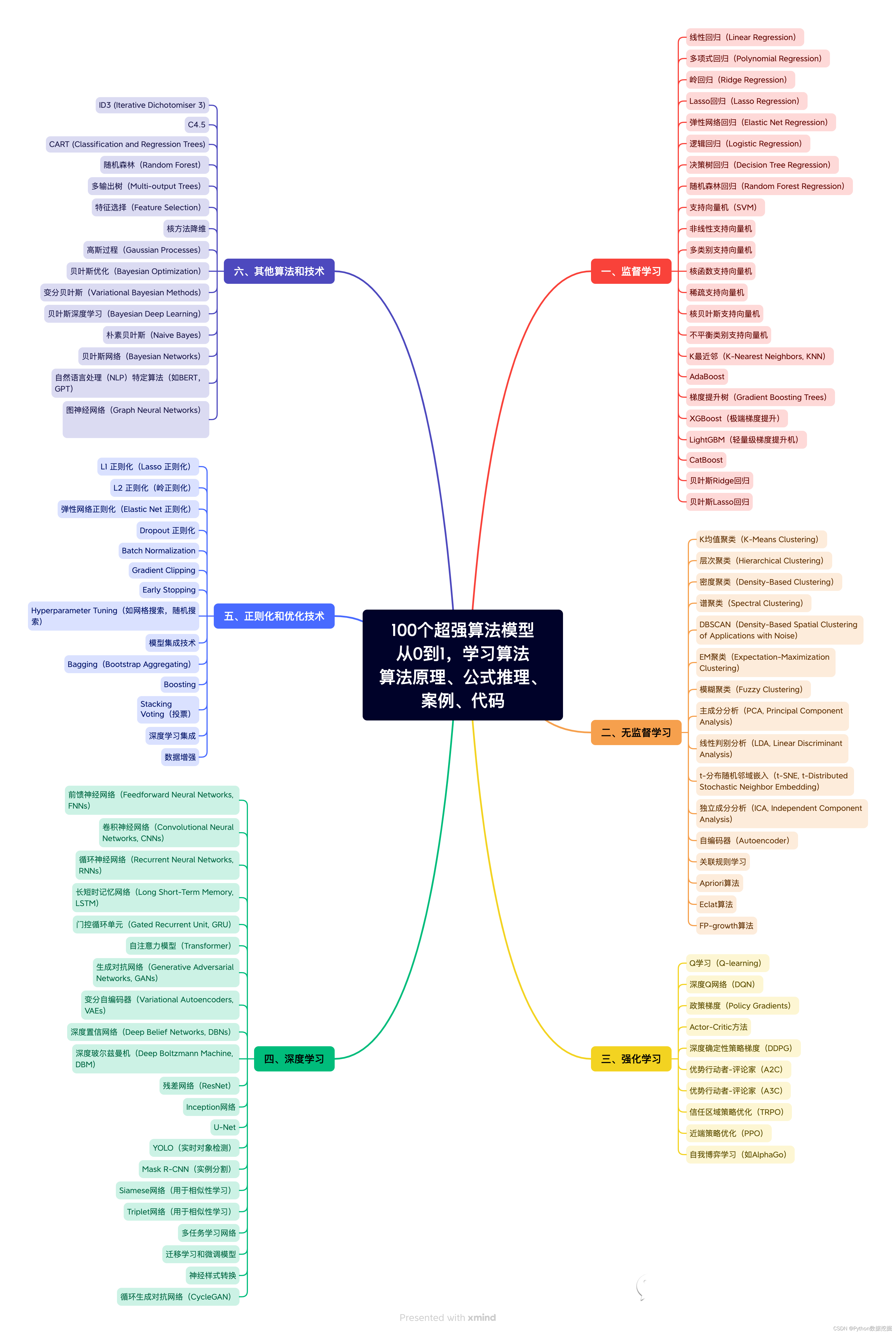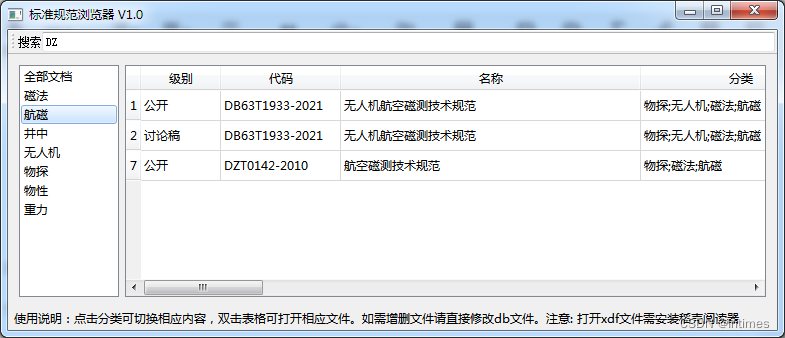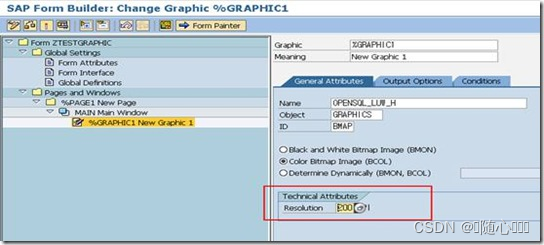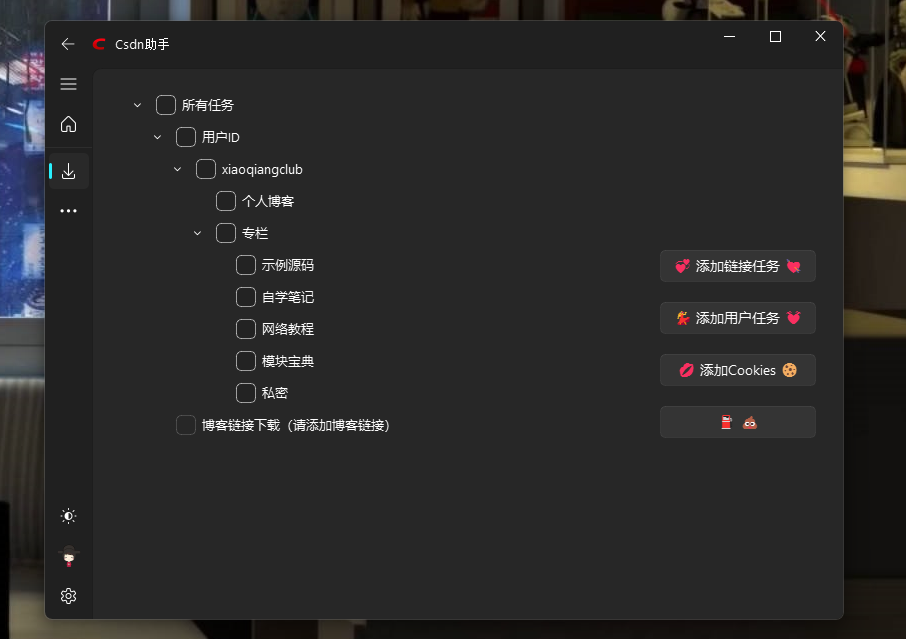基于 GPS 定位信息的 Pure-Pursuit 轨迹跟踪实车测试(1)
进行了多组实验,包括顺逆时针转向,直线+圆弧轨迹行驶,以及Pure-Pursuit 轨迹跟踪测试
代码修改
需要修改的代码并不多,主要对 gps_sensor 功能包和 purepursuit 代码的修改
- gps_sensor 发布机器人实际运动轨迹,而不是在 purepursuit 中发布
- gps_sensor 同时实现 mrobot_states_update 功能包的功能,发布机器人状态信息
- purepursuit 将最终的控制指令发送给实际机器人,cmd_to_robot 代替 cmd_to_mrobot
#include <ros/ros.h>
#include <sensor_msgs/NavSatFix.h>
#include <geometry_msgs/PoseStamped.h>
#include <geometry_msgs/TwistStamped.h>
#include <nav_msgs/Path.h>
#include <math.h>
#include <iostream>
#include <Eigen/Geometry>
#include <chrono>
using namespace std;
struct my_pose
{
double latitude;
double longitude;
double altitude;
};
struct my_location
{
double x;
double y;
};
// 角度制转弧度制
double rad(double d)
{
return d * M_PI / 180.0;
}
array<float, 4> calEulerToQuaternion(const float roll, const float pitch, const float yaw)
{
array<float, 4> calQuaternion = {0.0f, 0.0f, 0.0f, 1.0f}; // 初始化四元数
// 使用Eigen库来进行四元数计算
Eigen::Quaternionf quat;
quat = Eigen::AngleAxisf(roll, Eigen::Vector3f::UnitX()) *
Eigen::AngleAxisf(pitch, Eigen::Vector3f::UnitY()) *
Eigen::AngleAxisf(yaw, Eigen::Vector3f::UnitZ());
calQuaternion[0] = quat.x();
calQuaternion[1] = quat.y();
calQuaternion[2] = quat.z();
calQuaternion[3] = quat.w();
return calQuaternion;
}
// 全局变量
ros::Publisher state_pub_;
nav_msgs::Path ros_path_;
ros::Publisher vel_pub;
ros::Publisher pose_pub;
const double EARTH_RADIUS = 6371.393; // 6378.137;地球半径
bool init = false;
my_pose init_pose;
// 计算速度
my_location pre_location;
my_location curr_location;
chrono::_V2::system_clock::time_point pre_time;
chrono::_V2::system_clock::time_point curr_time;
void gpsCallback(const sensor_msgs::NavSatFixConstPtr &gps_msg_ptr)
{
// 初始化
if (!init)
{
init_pose.latitude = gps_msg_ptr->latitude;
init_pose.longitude = gps_msg_ptr->longitude;
init_pose.altitude = gps_msg_ptr->altitude;
init = true;
}
else
{
// 计算相对位置
double radLat1, radLat2, radLong1, radLong2, delta_lat, delta_long;
radLat1 = rad(init_pose.latitude);
radLong1 = rad(init_pose.longitude);
radLat2 = rad(gps_msg_ptr->latitude);
radLong2 = rad(gps_msg_ptr->longitude);
// 计算x
delta_lat = radLat2 - radLat1;
delta_long = 0;
double x = 2 * asin(sqrt(pow(sin(delta_lat / 2), 2) + cos(radLat1) * cos(radLat2) * pow(sin(delta_long / 2), 2)));
x = x * EARTH_RADIUS * 1000;
// 计算y
delta_lat = 0;
delta_long = radLong1 - radLong2;
double y = 2 * asin(sqrt(pow(sin(delta_lat / 2), 2) + cos(radLat2) * cos(radLat2) * pow(sin(delta_long / 2), 2)));
y = y * EARTH_RADIUS * 1000;
// 计算yaw
array<float, 4> calQuaternion = calEulerToQuaternion(0.0, 0.0, gps_msg_ptr->altitude);
// 发布轨迹
ros_path_.header.frame_id = "world";
ros_path_.header.stamp = ros::Time::now();
geometry_msgs::PoseStamped pose;
pose.header = ros_path_.header;
pose.pose.position.x = x;
pose.pose.position.y = y;
pose.pose.orientation.x = calQuaternion[0];
pose.pose.orientation.y = calQuaternion[1];
pose.pose.orientation.z = calQuaternion[2];
pose.pose.orientation.w = calQuaternion[3];
ros_path_.poses.push_back(pose);
// 计算速度
curr_location.x = x;
curr_location.y = y;
curr_time = chrono::system_clock::now();
auto timeDifference = curr_time - pre_time;
auto durationInMilliseconds = chrono::duration_cast<chrono::milliseconds>(timeDifference);
double displacement = sqrt(pow(curr_location.x - pre_location.x, 2) + pow(curr_location.y - pre_location.y, 2));
geometry_msgs::TwistStamped vel;
// v = s / t
vel.twist.linear.x = displacement / durationInMilliseconds.count() * 1000;
// 更新信息
pre_location = curr_location;
pre_time = curr_time;
cout << "位姿信息:" << endl;
cout << x << "," << y << "," << gps_msg_ptr->altitude << endl;
cout << "速度信息:" << endl;
cout << vel.twist.linear.x << endl;
cout << "---------" << endl;
// 信息发布
vel_pub.publish(vel);
pose_pub.publish(pose);
state_pub_.publish(ros_path_);
}
}
int main(int argc, char **argv)
{
init = false;
ros::init(argc, argv, "gps_subscriber");
ros::NodeHandle n;
ros::Subscriber pose_sub = n.subscribe("/robot_gps", 10, gpsCallback);
state_pub_ = n.advertise<nav_msgs::Path>("/gps_path", 10);
vel_pub = n.advertise<geometry_msgs::TwistStamped>("/center_velocity", 10);
pose_pub = n.advertise<geometry_msgs::PoseStamped>("/center_pose", 10);
ros::spin();
return 0;
}
#include <geometry_msgs/Twist.h>
#include <geometry_msgs/PoseStamped.h>
#include <nav_msgs/Path.h>
#include <ros/ros.h>
#include <tf/tf.h>
#include <tf/transform_broadcaster.h>
#include <algorithm>
#include <cassert>
#include <cmath>
#include <fstream>
#include <iostream>
#include <string>
#include <vector>
#include "cpprobotics_types.h"
#define PREVIEW_DIS 1.0 // 预瞄距离
#define Ld 0.55 // 轴距
using namespace std;
using namespace cpprobotics;
ros::Publisher purepersuit_;
const float target_vel = 0.2;
float carVelocity = 0;
float preview_dis = 0;
float k = 0.1;
// 计算四元数转换到欧拉角
std::array<float, 3> calQuaternionToEuler(const float x, const float y,
const float z, const float w)
{
std::array<float, 3> calRPY = {(0, 0, 0)};
// roll = atan2(2(wx+yz),1-2(x*x+y*y))
calRPY[0] = atan2(2 * (w * x + y * z), 1 - 2 * (x * x + y * y));
// pitch = arcsin(2(wy-zx))
calRPY[1] = asin(2 * (w * y - z * x));
// yaw = atan2(2(wx+yz),1-2(y*y+z*z))
calRPY[2] = atan2(2 * (w * z + x * y), 1 - 2 * (y * y + z * z));
return calRPY;
}
cpprobotics::Vec_f r_x_;
cpprobotics::Vec_f r_y_;
int pointNum = 0; // 保存路径点的个数
int targetIndex = pointNum - 1;
// 计算发送给模型车的转角
void poseCallback(const geometry_msgs::PoseStamped ¤tWaypoint)
{
auto currentPositionX = currentWaypoint.pose.position.x;
auto currentPositionY = currentWaypoint.pose.position.y;
auto currentPositionZ = 0.0;
auto currentQuaternionX = currentWaypoint.pose.orientation.x;
auto currentQuaternionY = currentWaypoint.pose.orientation.y;
auto currentQuaternionZ = currentWaypoint.pose.orientation.z;
auto currentQuaternionW = currentWaypoint.pose.orientation.w;
std::array<float, 3> calRPY =
calQuaternionToEuler(currentQuaternionX, currentQuaternionY,
currentQuaternionZ, currentQuaternionW);
cout << currentPositionX << "," << currentPositionY << "," << calRPY[2] << endl;
for (int i = pointNum - 1; i >= 0; --i)
{
float distance = sqrt(pow((r_x_[i] - currentPositionX), 2) +
pow((r_y_[i] - currentPositionY), 2));
if (distance < preview_dis)
{
targetIndex = i + 1;
break;
}
}
if (targetIndex >= pointNum)
{
targetIndex = pointNum - 1;
}
float alpha =
atan2(r_y_[targetIndex] - currentPositionY, r_x_[targetIndex] - currentPositionX) -
calRPY[2];
// 当前点和目标点的距离Id
float dl = sqrt(pow(r_y_[targetIndex] - currentPositionY, 2) +
pow(r_x_[targetIndex] - currentPositionX, 2));
// 发布小车运动指令及运动轨迹
geometry_msgs::Twist vel_msg;
vel_msg.linear.z = 1.0;
if (dl <= 0.2) // 离终点很近时停止运动
{
vel_msg.linear.x = 0;
vel_msg.angular.z = 0;
purepersuit_.publish(vel_msg);
}
else
{
float theta = atan(2 * Ld * sin(alpha) / dl);
vel_msg.linear.x = target_vel;
vel_msg.angular.z = theta;
purepersuit_.publish(vel_msg);
}
}
void velocityCall(const geometry_msgs::TwistStamped &carWaypoint)
{
carVelocity = carWaypoint.twist.linear.x;
// 预瞄距离计算
preview_dis = k * carVelocity + PREVIEW_DIS;
}
void pointCallback(const nav_msgs::Path &msg)
{
// 避免参考点重复赋值
if (pointNum != 0)
{
return;
}
// geometry_msgs/PoseStamped[] poses
pointNum = msg.poses.size();
// 提前开辟内存
r_x_.resize(pointNum);
r_y_.resize(pointNum);
for (int i = 0; i < pointNum; i++)
{
r_x_[i] = msg.poses[i].pose.position.x;
r_y_[i] = msg.poses[i].pose.position.y;
}
}
int main(int argc, char **argv)
{
// 创建节点
ros::init(argc, argv, "pure_pursuit");
// 创建节点句柄
ros::NodeHandle n;
// 创建Publisher,发送经过pure_pursuit计算后的转角及速度
purepersuit_ = n.advertise<geometry_msgs::Twist>("/cmd_vel", 20);
ros::Subscriber splinePath = n.subscribe("/ref_path", 20, pointCallback);
ros::Subscriber carVel = n.subscribe("/center_velocity", 20, velocityCall);
ros::Subscriber carPose = n.subscribe("/center_pose", 20, poseCallback);
ros::spin();
return 0;
}
数据处理
原始的数据便于查阅,但不便于 MATLAB 进行读取分析,主要包括 ***_pub.txt 和 ***_path.txt 两种待处理数据,分别如下
$GPRMC,085750.20,A,3150.93719306,N,11717.59499143,E,0.071,252.6,161123,5.7,W,D*26
数据长度:83
latitude: 31.848953217667
longitude: 117.293249857167
heading_angle_deg: 252.600000000000
heading_angle_rad: 4.408701690538
heading_angle_rad: -1.874483616642
---------
$GPRMC,085750.30,A,3150.93719219,N,11717.59498178,E,0.297,264.0,161123,5.7,W,D*28
数据长度:83
latitude: 31.848953203167
longitude: 117.293249696333
heading_angle_deg: 264.000000000000
heading_angle_rad: 4.607669225265
heading_angle_rad: -1.675516081915
---------
位姿信息:
0.0169953,0.0210645,-2.24798
速度信息:
1.59198e-11
---------
位姿信息:
0.0183483,0.0200412,2.49058
速度信息:
0.0180464
---------
下面的命令首先使用**grep过滤包含"heading_angle_deg: "的行,然后使用awk**提取每行的第二个字段(即数字部分),最后将结果写入output.txt文件
grep "heading_angle_deg: " input.txt | awk '{print $2}' > output.txt
下面的命令使用**awk匹配包含"位姿信息:"的行,然后使用getline**读取下一行数据并打印出来,最后将结果写入output.txt文件
awk '/位姿信息:/ {getline; print}' input.txt > output.txt
处理前和处理后的文件目录如下
redwall@redwall-G3-3500:~/log/2023--11-16/raw$ tree
.
├── actual_path.txt
├── anticlock_path.txt
├── anticlock_pub.txt
├── clock_path.txt
├── clock_pub.txt
├── gps_path.txt
├── gps_pub.txt
├── lane_path.txt
└── lane_pub.txt
redwall@redwall-G3-3500:~/log/2023--11-16/processed$ tree
.
├── anticlock_path_pose.txt
├── anticlock_path_vel.txt
├── anticlock_pub_sift.txt
├── clock_path_pose.txt
├── clock_path_vel.txt
├── clock_pub_sift.txt
├── gps_path_pose.txt
├── gps_path_vel.txt
├── gps_pub_sift.txt
├── lane_path_pose.txt
├── lane_path_vel.txt
└── lane_pub_sift.txt
数据分析
本次有“卫星”标签的连接车后的蘑菇头,以 10 Hz 的频率获取定位数据
- 分析 lane_pub 和 lane_path(直线+圆弧轨迹运动)
由实际轨迹可知,纬度差应对应 X,经度差应对应 Y,应该修改代码

由实际航向角信息,结合实际轨迹,本次天线的基线向量应该是与正北方向重合,顺时针转向时航向角增大,说明天线安装的方式应该是正确的

- 分析 clock_pub 和 clock_path (顺时针原地转向)
主要是分析航向角信息,由于提高采样频率,因此存在很大的噪声,可以对信号进行去噪处理
本次已经尽量控制两个蘑菇头的安装,安装前用卷尺进行了安装测量,但仍存在误差
结合之前的分析记录,顺时针转向时先增大至 360,再从 0 开始继续增大,下面符合该规律

💡 人为判断的正北朝向并不和实际正北朝向重合,因此起始和终止位置并不为 0 度
- 分析 gps_pub、gps_path 和 actual_path
首先机器人是由北向南开,即初始朝向是向南,由 lane 数据可知,初始朝向是有问题的
其实 Pure-Pursuit 算法并不需要航向角信息,初始位姿是一个比较大的影响
实际速度会影响预瞄距离,实际速度较小会导致预瞄距离较小,导致控制的不稳定

存在问题
1、和 GPS 串口通信存在问题,读取配置以及信息长度方面存在问题,需要修改
2、GPS 航向角信息的获取仍存在较大问题,准确性比较低
3、GPS 对于高速移动的车辆,厘米级别的定位精度还可以,目前对于低速机器人可能不太适用
